The timing of Sehri (pre-dawn meal) and Iftar (breaking of fast) during Ramadan is typically determined by the sunrise and sunset, resulting in varying fasting durations across different regions. However, in countries where the sun remains visible for extended periods, such as Norway, the conventional fasting schedule undergoes unique adaptations.
In Norway, situated in the Northern Hemisphere, the sun shines for over 20 hours during the summer months, challenging the traditional fasting norms. To address this, a fatwa (religious ruling) was issued in 2016, allowing Muslims in regions with continuous daylight to align their fasting schedule with that of Mecca or the nearest Muslim country. Consequently, Muslims in Norway observe fasting periods akin to those in Saudi Arabia, averaging approximately 15 hours this year.
This approach extends beyond Norway to encompass other northern countries and cities where the sun remains visible round-the-clock. By synchronizing with fasting schedules from regions with more conventional day-night cycles, Muslims in these areas maintain consistency in their observance of Ramadan.
The timing of Ramadan shifts annually due to its adherence to the Hijri (lunar) calendar, with each year starting approximately 10-12 days earlier than the preceding one. As a result, Ramadan will occur twice in 2030, first in January and again in December. This gradual progression brings Ramadan closer to the winter months, altering fasting durations across the globe.
Despite the geographical disparities in Sehri and Iftar times, the essence of Ramadan remains a unifying force for Muslims worldwide. Regardless of location, Muslims partake in fasting, prayer, and acts of charity during this sacred month, fostering a sense of unity and spiritual growth within the global Muslim community.
As Ramadan unfolds across diverse landscapes and cultures, Muslims everywhere share in the collective experience of devotion, reflection, and gratitude, reaffirming the universal significance of this sacred time.





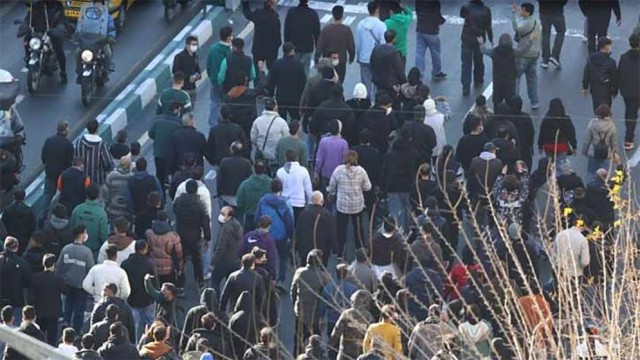


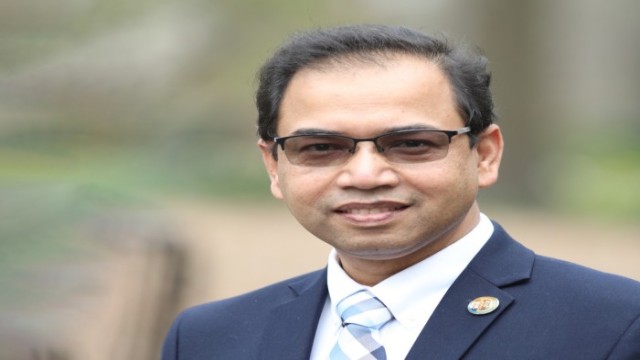


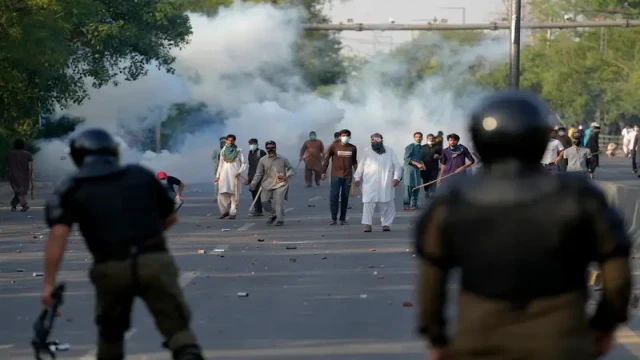








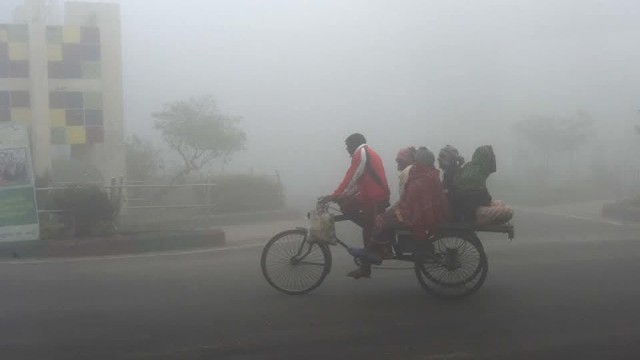



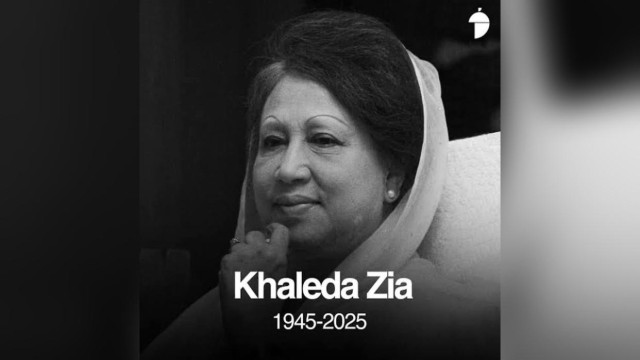


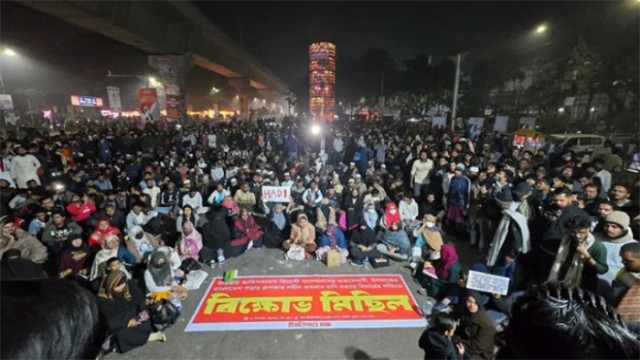


Comment: